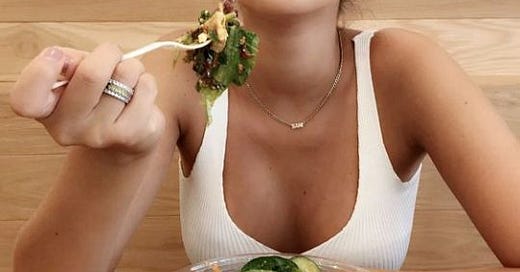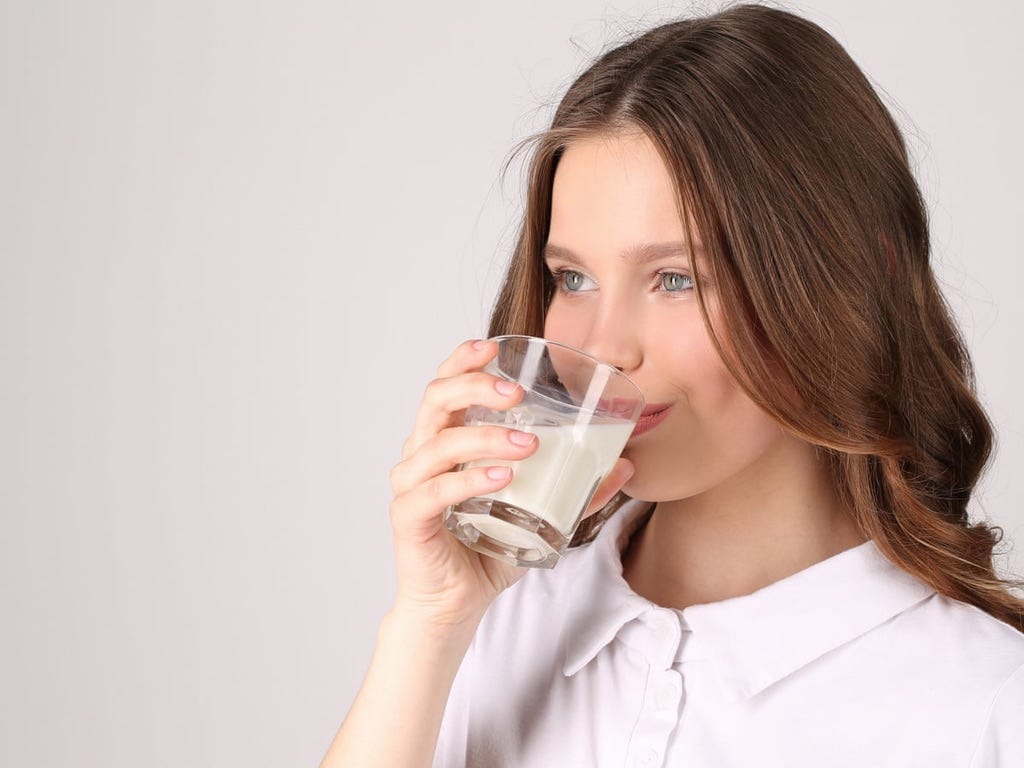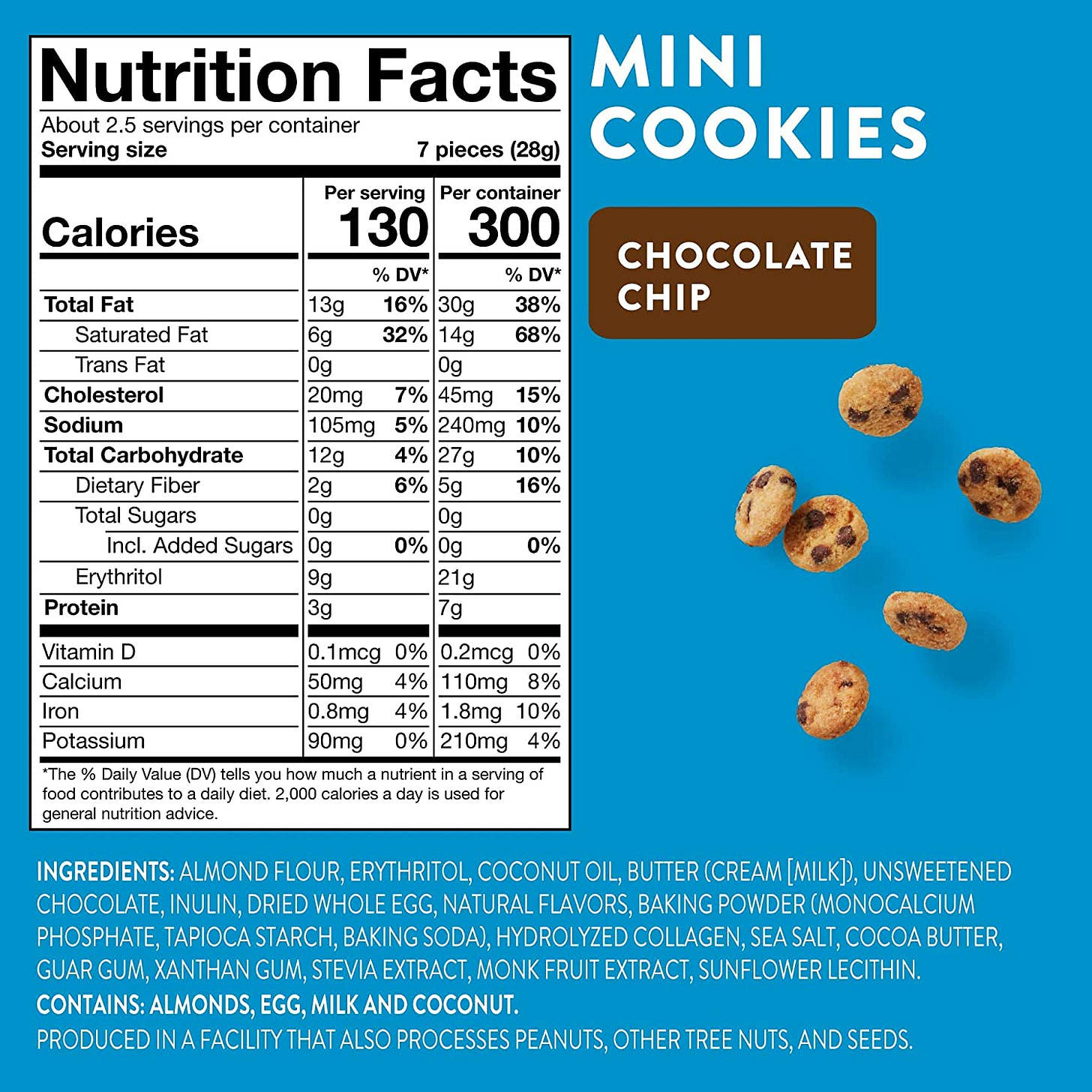It might make sense to eat unhealthy food if it tastes good. But who would eat unhealthy food that tastes bad?
Sadly, so many "health" foods are exactly that—expensive, gross, and yet still bad for you.
This leads many to think that healthy foods taste bad and to give up all hope of being healthy while also enjoying what they eat.
Fortunately, most of these foods aren’t actually healthy. Here are seven of the worst offenders.
1. Flax and Chia seeds
Flax seed oil is unironically the main ingredient in oil based paint. And yes, those oils harden into plastic inside your body too.
Chia seeds have the same fatty acid profile, so they're no better.
And to top it all off, both are about 50% oil by weight.
While it may be possible that the nutrition in these seeds is “worth it”, when actually investigated it turns out that very few of the nutrients they contain are actually absorbed by humans.
This is likely because the nutrition in seeds is not meant for the predators (i.e., you) that eat them. It’s meant for the baby plant that is supposed to grow out of the seed.
Chemicals like lectins, phytates, phyto-estrogens, and other “antinutrients” prevent you from absorbing the nutrients and seem to be evolutionarily designed to weaken predatory animal populations.
I’ve also never met anyone who actually enjoys eating them. People usually blend them in smoothies to hide their taste and texture, yet still walk away with gross chia bits stuck in their teeth.
Best to avoid entirely.
2. Green juice
Green leafy veggies are a “great source of calcium.” Too bad that calcium is inorganic calcium (as calcium oxalate), which can cause kidney stones and calcify your arteries, since it is not deposited in your bones, but gets stuck in soft tissues instead.
Fertilizers, acid rain, and unfiltered irrigation water make the problem worse, filling the plant fibers with more inorganic calcium and heavy metals.
To top it off, juicing extracts all of that toxic stuff from the leaves of the plants into a hyper-concentrated liquid, giving you get a much larger dose of poison compared to just eating the full plants.
I know a nutritionist who saw many patients with kidney stones—all of them loved kale juices.
The fact that people need to sweeten them with fruit should also give you an indication as to their unpleasantness—good foods need no disguise.
If you want to eat leaves, get locally grown organic ones from a real farm that uses clean water, and eat them in moderation.
3. Beans and Lentils
Ricin, a deadly bio-toxin, comes from beans.
It's a lectin, which is a type of chemical that all legumes (and some other plants) produce that causes leaky gut.
There are a variety of lectins, which are explored in the book “The Plant Paradox”, and some of them can even make you go insane (eggplant is called “crazy apple” in Italian, and eggplant is very high in lectins).
Cooking beans reduces the lectin load somewhat, but to what end?
They are still full of PUFAs (the type of fat that makes seed oils toxic) and low quality protein.
They are also gritty and taste unpleasant, as is evidenced by the lengths traditional recipes go to in order to hide their presence. Examples include hiding them in soup, filling them with sugar, etc. Clearly people are dying to eat these things.
Starting to notice a pattern with seeds?
4. Alternative "milks"
Almond, oat, cashew, whatever—alternative milks are all made of seed juice (remember how juicing things concentrates their toxins?) dissolved in an emulsified seed oil and fluoridated water mixture.
These heavy, watery bottles are then shipped all over the world, which is extremely wasteful, and purchased by “environmentally conscious” people who have very little understanding of how supply chains work.
Meanwhile raw milk comes from a cow a few towns over, and contains every nutrient you need with nothing you don’t.
Just drink real milk (with no additives), or go without.
It tastes better too.
5. Gluten free "bread"
Yet another fake “alternative” food makes the list. Noticing a trend?
Real bread is made from fermented flour and flour alone. Otherwise, it’s not bread.
Gluten free "breads" are very similar to alternative "milks", but just the solid version.
They are made from seed powder (instead of seed juice), combined with seed oils, unfiltered fluoridated water, and more synthetic chemicals to form the right texture.
What’s the problem with wheat anyway? Seeds in general are inflammatory, but why would the one seed we’ve domesticated the longest (i.e. wheat) be the worst for us?
It’s not. most people who are “allergic” to wheat are really just allergic to the pesticides its commonly grown with.
Ever hear how "gluten free" people can always eat the bread in Italy? That’s because they don’t use those pesticides in Europe.
Just buy real bread, and don't eat too much.
6. Keto snacks
“Keto” is not a health term. It just means low-carb.
To get rid of the carbs, packaged keto foods use nuts and nut powders (more seeds).
To make them sweet, they use fake sweeteners (which mess up insulin anyway and are toxic to the gut).
And to get the texture right, they use weird fillers and gums:
Some of these snacks also contain seed oils.
Again, why replace one seed (wheat) with another that is likely more inflammatory?
They need to go through crazy lengths to get a distant taste approximation of the real thing. Just make the real thing— with real high quality ingredients— and actually enjoy your food instead of these fake “alternatives”.
Keep reading with a 7-day free trial
Subscribe to Tan Land: Natural Health and Beauty to keep reading this post and get 7 days of free access to the full post archives.









